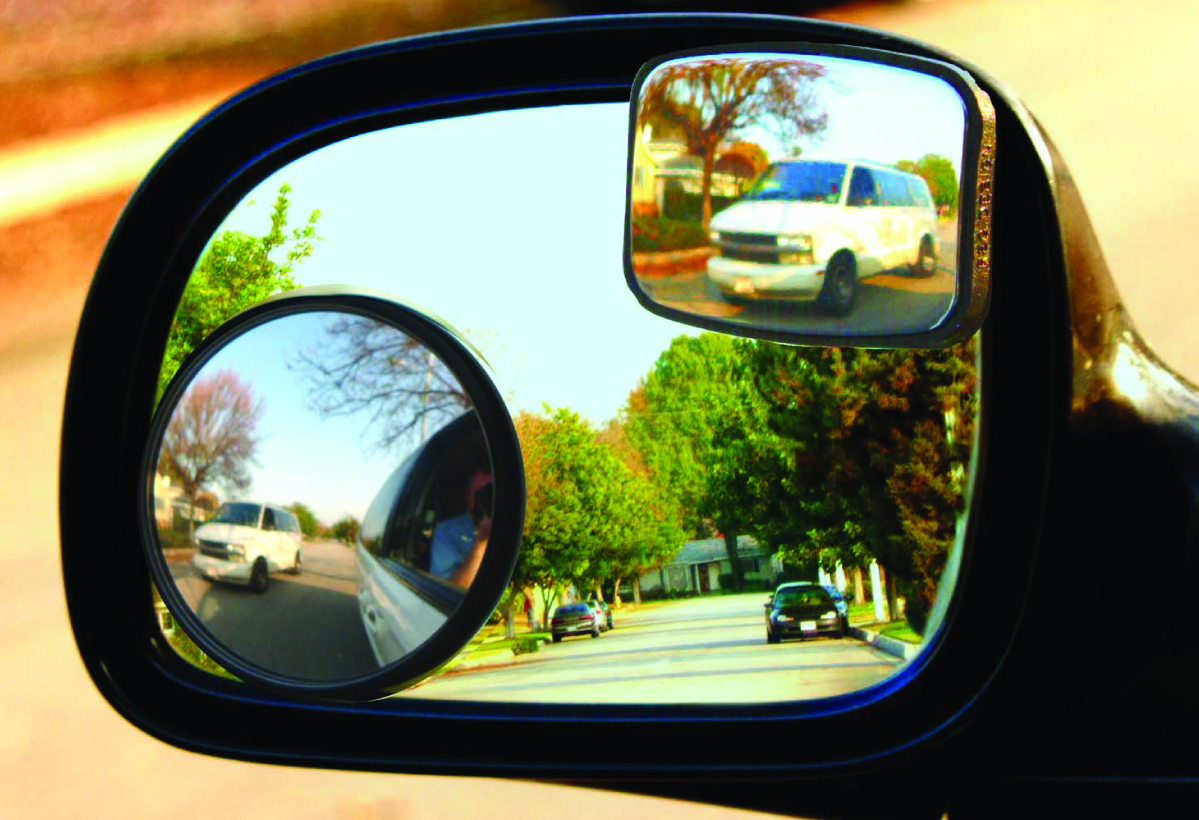
All motor vehicles have blind spots, including motorbikes. Motorcyclists might think the smaller structure of their vehicle means they do not have a problem, but that would be complacent.
The rider can only look forward for most of the time. Rear vision is almost entirely reliant on side mirrors. They will each show an area to the rear and rear side of the rider’s forward area of vision. They will not show the whole picture.
Since the rider can see to the side, with a quick glance every now and then, it is easy to assume that the rider has a full view. However, careful assessment of the movement of vehicles around the bike will show that there are blind spots.
These are smaller than those on cars, trucks and other larger vehicles, but they are there even so and should always be borne in mind.
Since the blind spot is small, a short delay in movement, particularly from one lane to anther, will usually reveal whether there is a car lurking there. It is unlikely that the blind spot will conceal a larger vehicle.
The biggest problem is with other motorbikes. These are small, often fast moving and less likely to be traveling in an entirely predictable path than a car. Bikes are more likely to weave within a lane, whether by accident or design, road or weather conditions. Even another bike rider might find it difficult always to remember exactly where fellow bikers are.
The rider should consider additional, blind spot mirrors and acquire the habit of a quick half turn to look behind the shoulder. Properly adjusted mirrors will give a wider field of vision and reduce the blind spot.
Blind spots can kill riders and they need to deal with them just like other road users.
